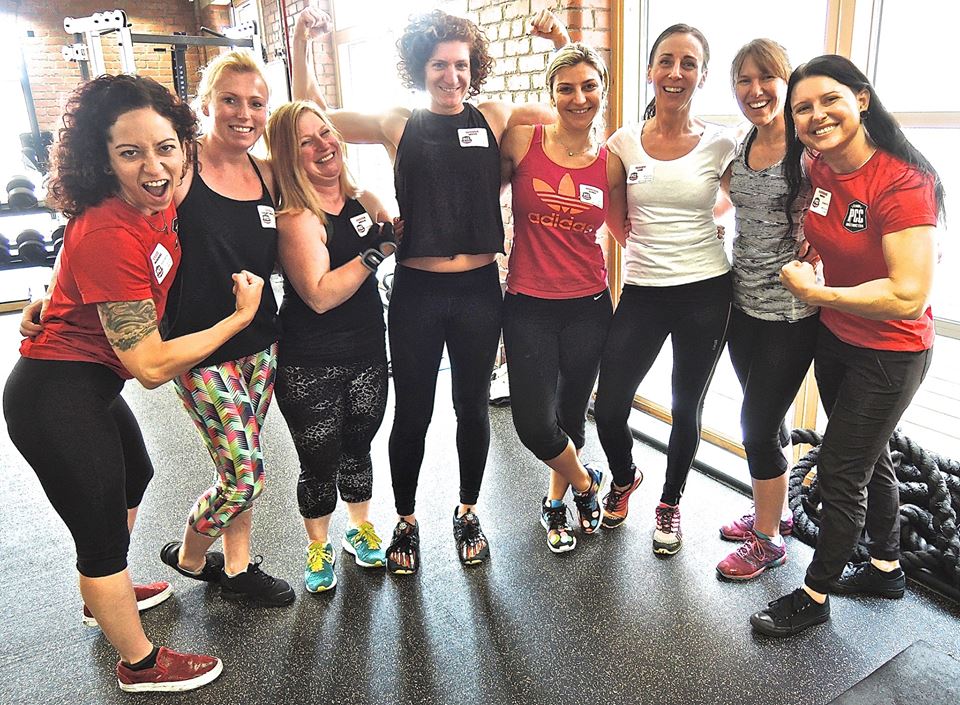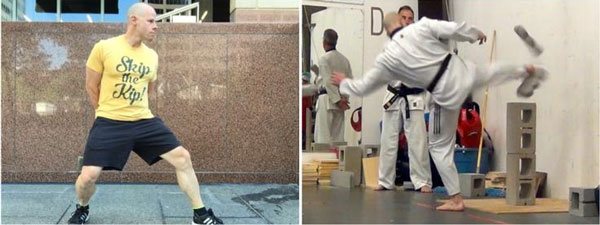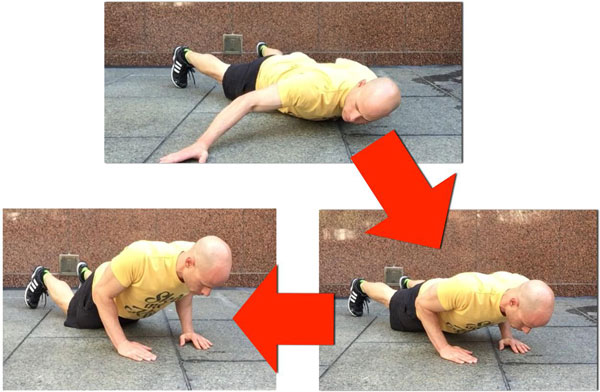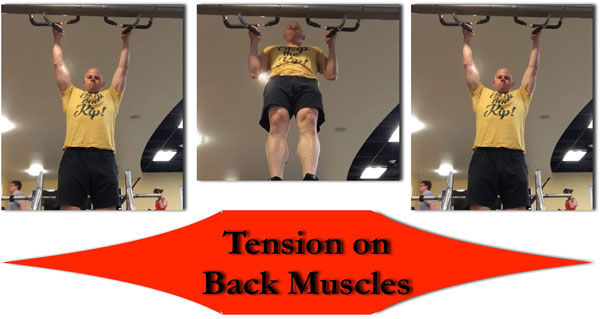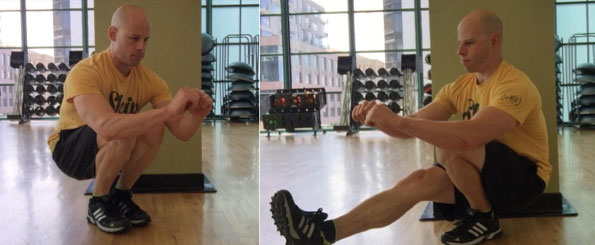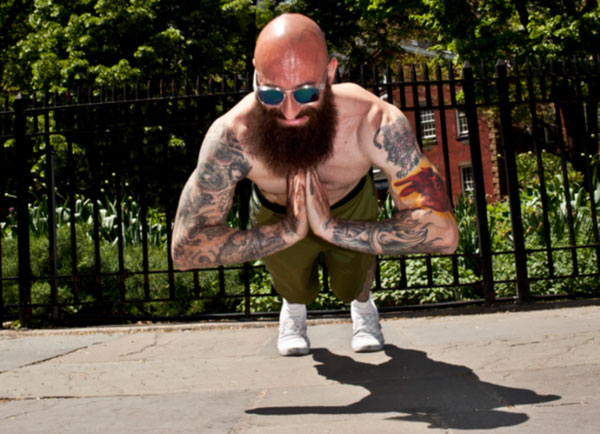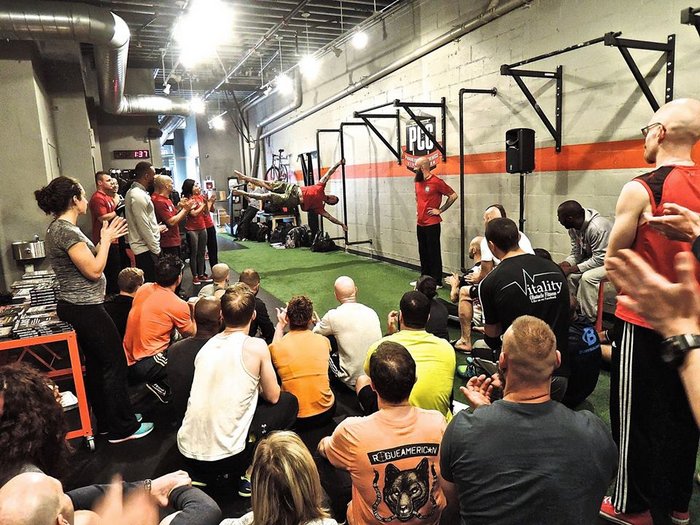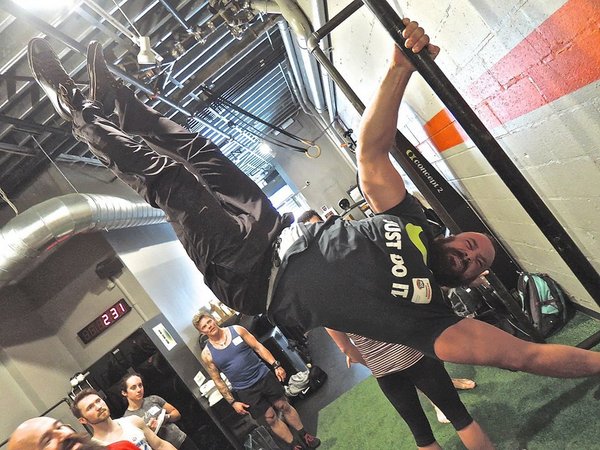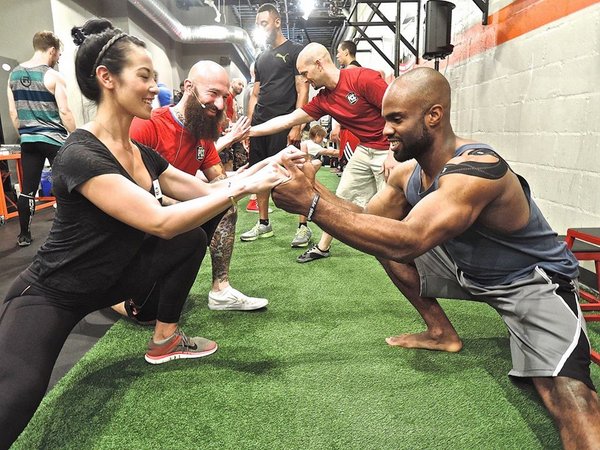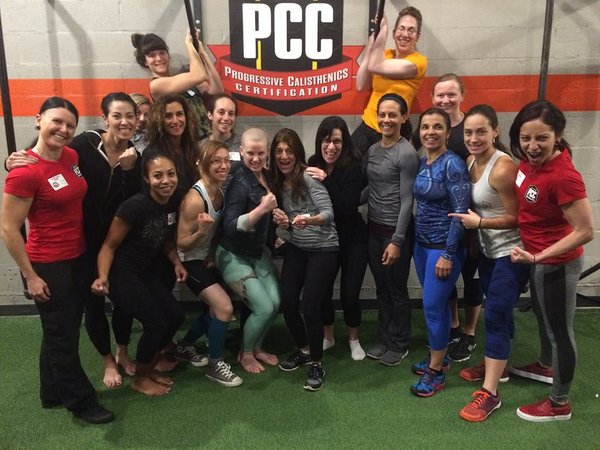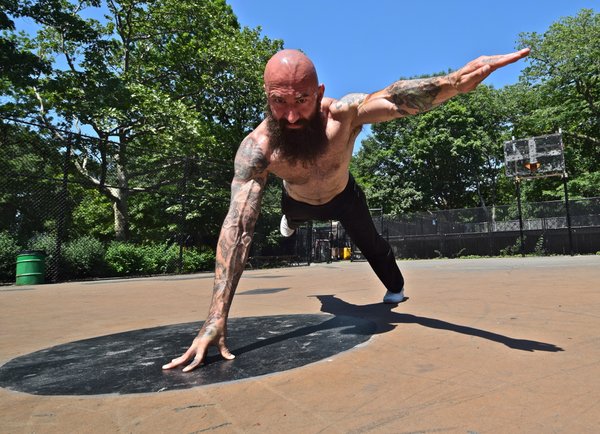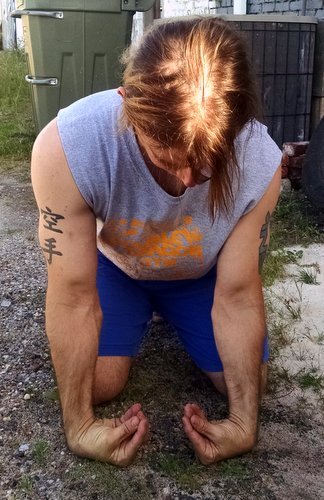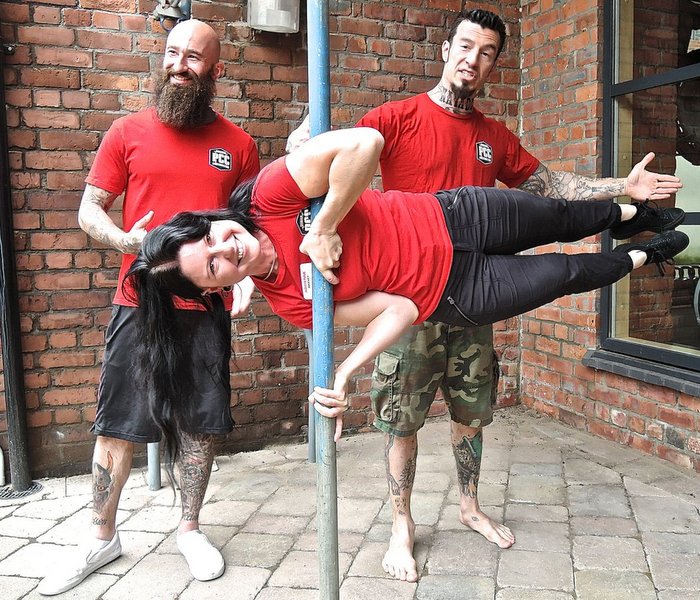
After the first ever Progressive Calisthenics Certification Workshop in the UK (Newcastle England), Al, Danny, and I agreed that while every PCC workshop has been fantastic—including the very first one in St. Paul, MN just a little over 2 years ago—it seems like each and every one continues to improve. By now, the news about the PCC and Convict Conditioning has spread around the world, allowing Dragon Door to bring this information to even more locations. While the Newcastle PCC was the very first held in the United Kingdom, it’s already very apparent that will be the first of many.
It is always an extreme honor to have the opportunity to teach, coach, and contribute a little of my own experience to the PCC. And when the participants are so eager, prepared, and able to instantly understand and apply the cues and information, then it is that much more rewarding! This group brought so much strength, skill, and bravery that every participant had at least one major PR. More importantly, they also had insights and realizations which will exponentially increase their value and effectiveness as instructors.
The overall strength of everyone in the group was demonstrated with the unprecedented lists of groundbreaking personal achievements. A full 1/3 of the group performed their very first human flags at the workshop! Among the other standout first time accomplishments were six first one arm push-ups, fifteen first clutch flags and even a first one arm pull-up!
While almost everyone attending the Newcastle PCC was a fitness instructor, trainer, or fitness business owner, there were a few highly dedicated enthusiasts in attendance as well. I am always impressed by the dedication and enthusiasm of these participants, many of who may be stepping far outside the usual territory of their day job. It seems successful professionals in all fields recognize the value, efficiency, and convenience of bodyweight exercise as taught at the PCC.
The large group of well-prepared participants included an impressive number of women. Far from being intimidated, these women were strong, did pull-ups, and performed advanced variations of nearly every exercise.
GymNRG was already an ideal location for the PCC (including a custom indoor pull up apparatus that I would LOVE to duplicate), but host Steven Hope went the extra mile and had a scaffolding structure erected just behind the studio. For the first time ever (even the weather cooperated) we were able to hold the flag and muscle-up portion of the workshop outdoors on this optimal setup.
This authentically reproduced “street workout” setup was further put to the test when Barstarrz athlete, Stephen Hughes-Landers (Lambarstarzz), Adrian Harrington, and Fitz Dubova performed some impromptu freestyle demos for us after the workshop.
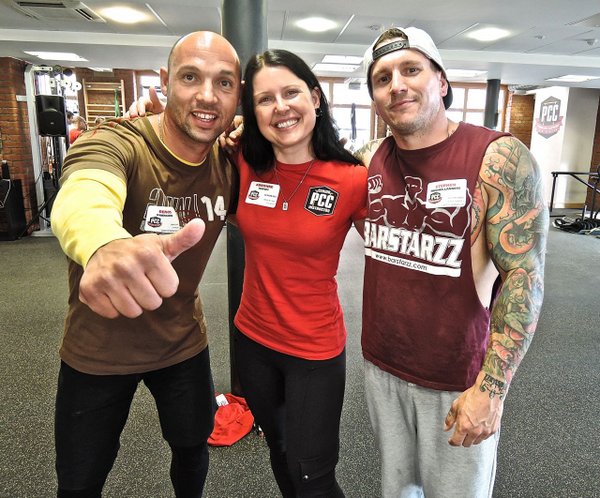
I am proud of each and every one of the newly certified PCC Instructors (as well as those who need to complete their video tests), especially since they will now be representing our PCC program and hopefully encouraging others to train in this fun and effective way.
***
Adrienne Harvey, Senior PCC Instructor, RKC-II, CK-FMS, has been RKC Certified since 2010, and RKC Level 2 certified since 2011. Kettlebell and bodyweight training have been crucial in Adrienne’s personal quest for fitness. A core member of the PCC team, Adrienne loves sharing her knowledge with small groups and individuals. She also loves to develop recipes and workout programs to further support performance, body composition, and of course—FUN. Go to http://www.giryagirl.com for more information about Adrienne.

